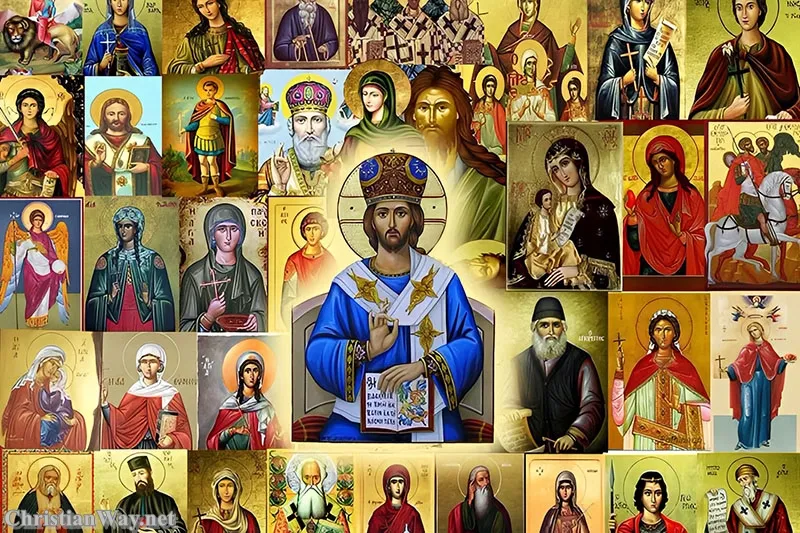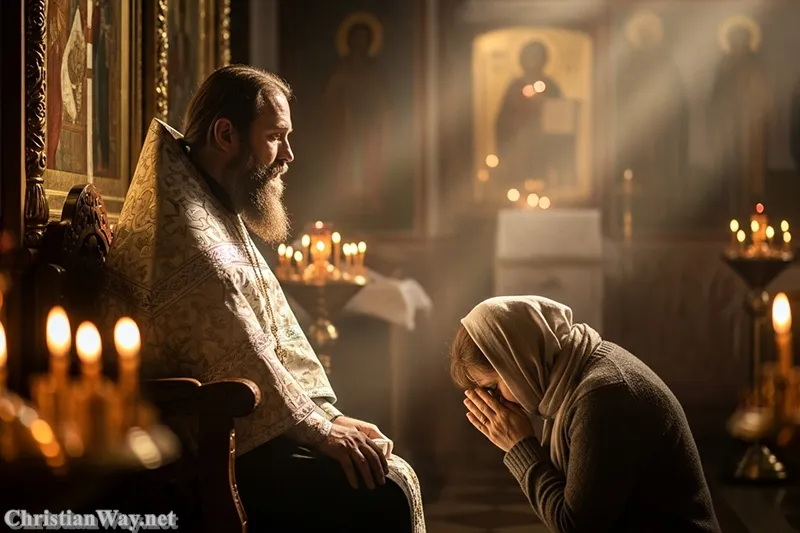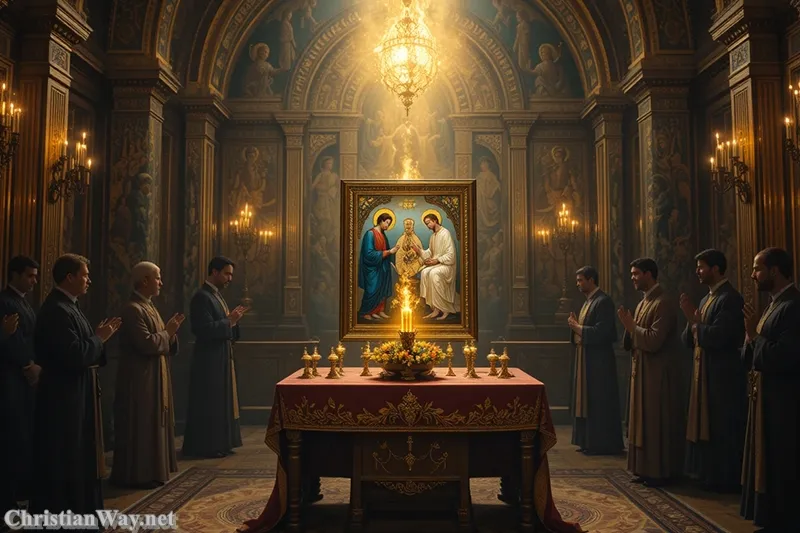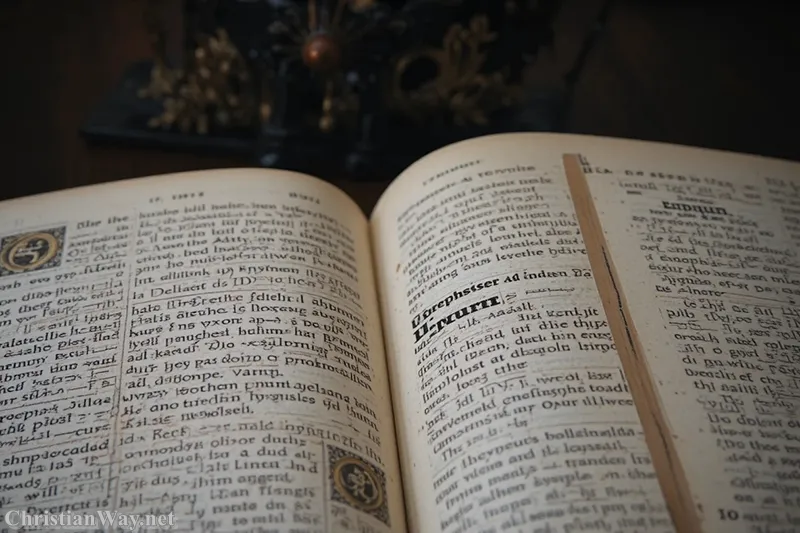Dear friends in Christ,
Every branch of the Christian family tree reaches back to one common root — the life, death, and resurrection of Jesus Christ. But as the centuries unfolded, this single vine of faith grew in different directions, shaped by cultures, languages, and spiritual emphases. Among these, the Eastern Orthodox Church holds a particularly ancient and luminous place, preserving the beauty and theology of the earliest Christian centuries with a profound sense of continuity and holiness.
To understand the origin of Eastern Orthodoxy is to journey back not only through history, but into the heart of a faith that has always sought to experience God in mystery, beauty, and communion. It is to see how the early Church of the East — from Jerusalem, Antioch, Alexandria, and Constantinople — kept alive the worship, theology, and sacramental life of the Apostles, even as the world around it changed.

Let us walk together through this sacred history — not as distant observers, but as pilgrims, tracing how the Orthodox Church came to be, and what treasures of the Spirit it continues to offer the world today.
The Apostolic Roots of the Eastern Church
From the very beginning, the Orthodox Church sees itself as the unbroken continuation of the Church founded by Christ and His Apostles. The word “Orthodox” (from the Greek orthos, “right,” and doxa, “glory” or “belief”) expresses its aim — to worship God rightly and to preserve the true faith.
After Pentecost, when the Holy Spirit descended upon the disciples in Jerusalem, the Apostles went forth to preach in every land. Their missions gave birth to the earliest Christian communities in the East — especially in cities like Antioch (where believers were first called Christians), Alexandria in Egypt, Jerusalem, and later Constantinople, the new capital of the Roman Empire in the East.
These communities were united in doctrine and sacramental life, but each developed its own spiritual and liturgical traditions. The theology of the Eastern Fathers — such as St. Athanasius, St. Basil the Great, and St. Gregory the Theologian — emphasized the mystery of the Holy Trinity, the divinization (theosis) of the human person, and the experience of God as light and life.
For the early Church, theology was not an abstract system. It was doxology — the praise of God. The Eastern Church would carry this conviction forward through the centuries, shaping its worship, art, and prayer around the awe of divine beauty.
The Great Centers of Early Christianity
Jerusalem: The Mother Church
Jerusalem remained the spiritual center of Christianity — the city where Christ died and rose again. The Church of Jerusalem held deep symbolic and sacramental importance, connecting all believers to the mystery of salvation.
Antioch: The Missionary Spirit
From Antioch came the great missionary impulse. St. Peter and St. Paul both preached here, and it was from Antioch that Paul launched his missionary journeys. The Antiochian tradition became a center of biblical interpretation and pastoral theology.
Alexandria: The Intellectual Heart
In Egypt, the Church of Alexandria produced brilliant theologians such as Origen, St. Athanasius, and St. Cyril. The Alexandrian School developed a deep understanding of Christ’s divinity and the allegorical reading of Scripture.
Constantinople: The New Rome
When Emperor Constantine founded Constantinople in 330 AD as the “New Rome,” the city became the leading center of Christian life in the East. The Patriarch of Constantinople came to be regarded as “first among equals” among Eastern bishops, serving as a symbol of unity for the Orthodox world.
Together, these four ancient patriarchates formed the foundation of the Eastern Orthodox Church.
The Councils and the Defense of True Faith
The unity of early Christianity was tested by numerous theological controversies. The first seven Ecumenical Councils (from 325 to 787 AD) were decisive moments when bishops from across the Christian world gathered to defend the true faith against heresies.
The Eastern Church played a vital role in these councils — especially in defining the doctrines of the Trinity and the Incarnation.
- The First Council of Nicaea (325 AD) proclaimed that Jesus Christ is “of one substance with the Father.”
- The Council of Constantinople (381 AD) affirmed the divinity of the Holy Spirit.
- The Council of Ephesus (431 AD) defended the title of the Virgin Mary as Theotokos, “God-bearer.”
- The Council of Chalcedon (451 AD) declared that Christ is one Person in two natures, fully God and fully man.
These councils became the bedrock of Orthodox doctrine, and the Nicene Creed — born from this era — remains the central confession of faith in Orthodox liturgy today.
The Schism Between East and West
For nearly a thousand years, the Christian Church was one. But the seeds of division began to grow gradually — not out of a single event, but through centuries of cultural and theological divergence.
The Western Church, centered in Rome, developed within the Latin-speaking world and emphasized juridical authority and the unity of the papacy. The Eastern Church, shaped by Greek philosophy and language, emphasized conciliarity (shared authority among bishops), liturgical beauty, and mystical theology.
Tensions increased over several issues — such as the use of unleavened bread in the Eucharist, clerical celibacy, and especially the Filioque clause (“and the Son”) added to the Nicene Creed by the Western Church without the consent of an Ecumenical Council.
The final break, known as the Great Schism, came in 1054 AD, when mutual excommunications were issued between the Patriarch of Constantinople and the Pope of Rome. Though these excommunications were lifted in 1965 as a gesture of reconciliation, the separation remains to this day.
The Eastern Orthodox Church continued independently, maintaining the traditions of the early Church, the original Creed, and the liturgical and spiritual life handed down from the Apostles.
The Spiritual Character of Eastern Orthodoxy
To understand Orthodoxy, one must look not only at its history, but at its soul.
The Vision of Theosis
At the heart of Orthodox theology is the idea of theosis — the transformation of the human person through grace into union with God. As St. Athanasius famously said, “God became man so that man might become god.” This does not mean that humanity replaces God, but that through Christ, we share in His divine life.
The Centrality of Worship
Orthodox worship is not merely symbolic; it is mystical participation in heaven. The Divine Liturgy — especially that of St. John Chrysostom — is filled with Scripture, incense, chant, and prayer, all pointing to the mystery of Christ’s presence. Icons, too, are not decorations but “windows into heaven,” teaching that matter itself can be transfigured by grace.
The Life of Prayer and Asceticism
The Eastern Church treasures the Jesus Prayer — “Lord Jesus Christ, Son of God, have mercy on me, a sinner.” Through this prayer, repeated in silence, the heart is purified and filled with the presence of God.
The monastic tradition — from the deserts of Egypt to the Holy Mountain of Athos — has shaped the spirituality of the Orthodox world, teaching that inner stillness (hesychia) and repentance are paths to divine communion.
The Continuity Through Empires and Ages
Despite invasions, wars, and persecution, the Orthodox Church endured. After the fall of Constantinople in 1453, the spiritual center of Orthodoxy shifted to Moscow, which saw itself as the “Third Rome.” From there, Orthodoxy spread to Eastern Europe, Russia, the Balkans, and later to the Americas and beyond.
Through all changes in history, the Orthodox Church has seen herself not as an institution adapting to time, but as the living continuation of the ancient faith — the Church of the Apostles and Fathers, unchanged in dogma, but ever alive in grace.
Today, the Eastern Orthodox Church is composed of several self-governing (autocephalous) churches — including those of Constantinople, Alexandria, Antioch, Jerusalem, Russia, Serbia, Romania, Greece, and others — all united in faith and sacraments, though administratively distinct.
The Gift of Orthodoxy to the World
The gift that Orthodoxy offers is not primarily one of argument or ideology, but of presence — the quiet, enduring presence of God in the midst of the world.
It invites modern Christians into a deeper sense of mystery, beauty, and prayer. It teaches that salvation is not a transaction but a transformation — that the goal of life is not moral perfection alone, but union with God through love.
In a world often marked by fragmentation and noise, the Orthodox way remains deeply sacramental: every gesture, every icon, every candle, every prayer reveals that the whole creation is called to be transfigured in Christ.
In the Light of Christ
As we reflect on the origin of Eastern Orthodoxy, we find not a relic of the past, but a living witness to the timeless truth of the Gospel. From the Apostolic era to our own day, the Orthodox Church stands as a guardian of holy tradition — a reminder that God’s beauty, holiness, and love are not bound by history but ever renewed in the heart of His people.
May every Christian, whatever their tradition, learn from this wellspring of faith — to pray with reverence, to live with humility, and to seek the face of Christ who is “the same yesterday, today, and forever.” (Hebrews 13:8)
May the peace of the risen Lord fill your heart and lead you ever deeper into the mystery of His love.
— Fr. John Matthew, for Christian Way




